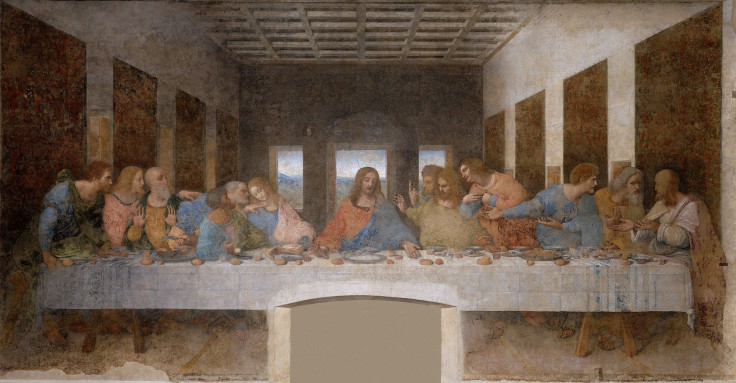DNA Model Could Reveal Details About Leonardo da Vinci's Life, Even Lead To Facial Reconstruction

There are some historical figures that fascinate us despite how long ago they may have lived, or how little we actually know about them. Their legends, whether wholly true or embellished over the centuries, are taught in schools, explored in documentaries, and fictionalized in entertainment. Though we know a fair bit about Leonardo da Vinci thanks to his art and ideas, his personal life is far more mysterious. That’s why a group of academics, specializing in a variety of disciplines, has taken on a challenge to discover more about the life of da Vinci using modern technology like DNA science.
The Leonardo Project, if granted approval, aims to locate the exact location of da Vinci’s grave, which was lost after he died in 1519. His “presumed remains” are located in the chapel of Saint-Hubert at the Chateau d’Amboise, but without testing, the bones will remain a mystery. If the team could successfully locate his bones, conventional and computerized techniques could reconstruct da Vinci’s face from his skull. One of the scholars collaborating on the project recently announced that several likely DNA relatives of da Vinci had been found living in Italy — comparing their DNA with physical remnants could be invaluable in identifying da Vinci’s remains.
In addition to his physical appearance, the project could potentially reveal information about his health, diet, personal habits, and even where he lived. It could help scholars identify fingerprints on da Vinci’s paintings, notebooks, and drawings. The DNA could potentially allow the scientists to develop a genetic profile so extensive that they could better understand da Vinci’s visual and creative abilities.
“I think that everyone in the group believes that Leonardo, who devoted himself to advancing art and science, who delighted in puzzles, and whose diverse talents and insights continue to enrich society five centuries after his passing, would welcome the initiative of this team — indeed would likely wish to lead it were he alive today,” said Jesse Ausubel, vice chairman of the Richard Lounsbery Foundation, which sponsored the project’s meetings in 2015 and 2016, in a press release.
Project collaborators hope to conclude the endeavor in 2019 to mark the 500th anniversary of da Vinci’s death. Though it hasn’t officially begun, scholars have been laying groundwork for the project for years. Last year, for example, project collaborators from the International Institute for Humankind Studies in Florence began discussions with the laboratory in the city about one of da Vinci’s paintings undergoing restoration. The academics discussed the possibility of lifting and analyzing dust from the painting, Adoration of the Magi, to search for possible DNA traces. The researchers also pondered a possible effort to analyze the microbiome of the painting.
“My hope, as a Florentine and a Tuscan, is that all this will help outline a portrait of Leonardo as faithful as possible to reality, bringing out the true bond he had with Florence, starting from the properties of his family in the city,” said Eugenio Giani, president of the Regional Council of Tuscany. “Scientifically, the chance to create, through new research and technology, a new vision of the life of Leonardo starting from a study of DNA is very important.”
Source: Ausubel J, King R, Leader A, Minuccfi S, Colonna T, vezzosi A. The Leonardo Project: Special Issue. Human evolution. 2016.



























